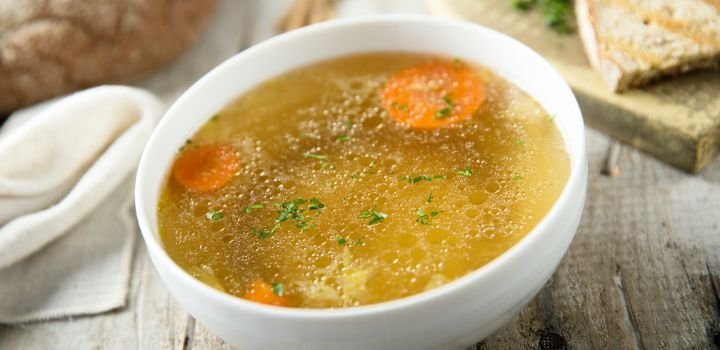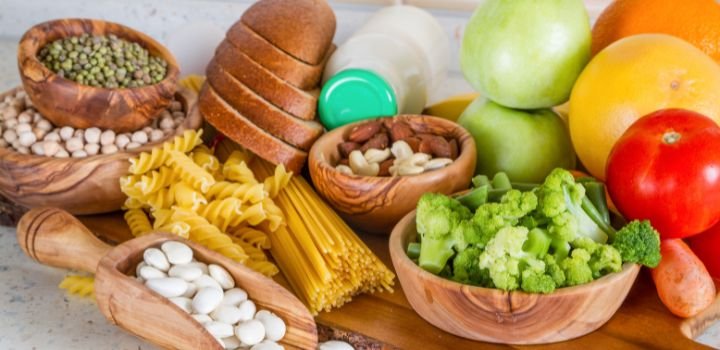Since its introduction to the market in the 1950s, yeast extracts have become an important ingredient for food formulators creating delicious, healthy, clean-label recipes. Yeast extract is a natural ingredient that can be useful in a variety of applications due to its unique properties and complex composition. It is derived from fresh yeast, a non-GMO, vegan-friendly, dairy-free and gluten-free natural ingredient.
Yeast extract is used to enhance flavor, provide freshness, reduce or eliminate the need for high salt, sugar and fat, and mask off flavors in a variety of sweet or savory products. Because it is completely vegan, yeast extract is commonly used to bring out the flavor of meat or cheese in meat substitutes and animal-free products. As a result, it has become one of the main ingredients used by food formulators to build a complete flavor profile in their food and beverage products. Yeast extract helps create healthy, nutritious and flavorful products without the need for artificial additives or flavor enhancers. It’s what today’s discerning consumers are looking for. They are also a good source of complete protein.
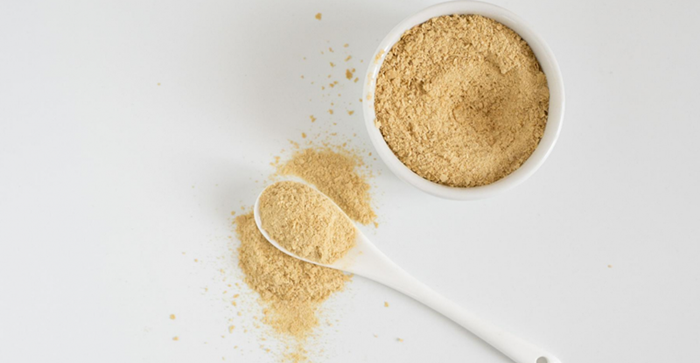
Yeast extracts are used to make high-protein snacks, meat substitutes, dairy alternatives, alternative beverages, and as an ingredient in low-fat, low-sugar and low-salt products to develop taste and flavor. Due to its complex properties, choosing the right yeast extract (or combination) is an important decision. So, what properties should be considered when choosing a yeast extract and how does this affect the final product?
This article provides a step-by-step guide to some of the considerations to take into account when purchasing yeast extracts.
1. The type of yeast ingredient required
The first question to ask is whether yeast extracts are suitable for your final product. Yeast products come in many forms, including yeast extracts, dried yeast, yeast bark, yeast protein, etc. Choosing the right product depends on the desired function, texture and taste of the final product.
2. Ingredient form: powder, particulate, liquid, semi-liquid or paste?
Another important factor to consider is the form of the final yeast extract. Depending on the intended purpose or commercial process, the product can be in powder, particulate, liquid, semi-liquid or paste form. Paste and liquid forms are obtained after the normal evaporation and concentration stages. Powders require an additional step: spray drying – the use of hot air to evaporate water from the yeast extract to obtain a dry yeast extract. This process affects the texture and appearance of the final product. The choice of ingredient form affects nutrient concentration, consistency, liquid solubility, the color and structure of the final product, and ease of transport. For example, particulates are more soluble in water than powders, while pastes and liquids may be more suitable for sauces and beverages. Choosing the right format also depends on your process.
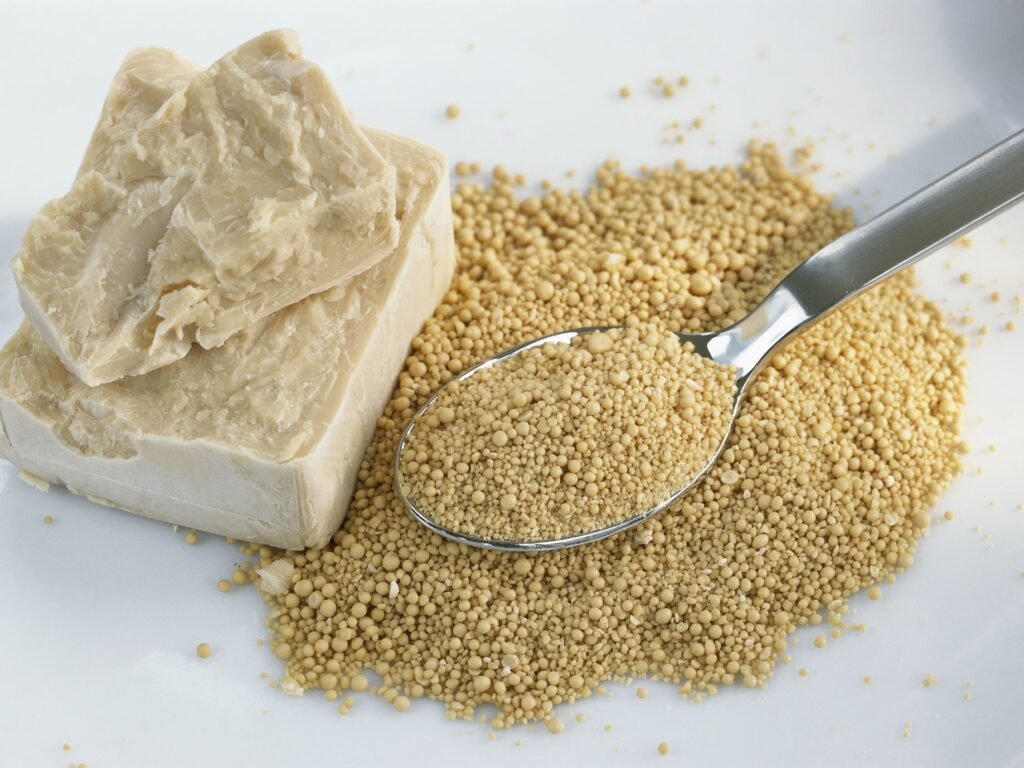
If you are unsure, the experts at Hiyeast can help you determine the final form of your yeast extract based on your specific requirements.
3. Form or packaging of yeast
Another factor to consider when choosing the right yeast extract product is the packaging. Of course, the format will affect the packaging and storage requirements of the yeast extract. For example, powders and particulates can be packaged in bags, while pastes and liquids can be stored in drums, IBCs or other tanks. The format will need to work with your existing supply chain and processes. The choice of format and packaging may also affect the cost of shipping and storage of yeast extracts as well as space requirements.
4. Salt and sodium content
Another important factor you need to consider is the salt content. What percentage (or range) of salt content is required in the final product? Of course, one of the main uses of yeast extract is to help reduce the salt content in the final recipe without affecting the taste and flavor.
Yeast extracts have a strong natural aromatic flavor and can reduce the sodium content of a product by up to 30% without affecting the taste. Yeast extract increases the “perception” of salt (e.g., freshness) and adds a pleasant salty taste. This means that the final product will require less salt to provide a similar taste sensation. Diets high in salt (or sodium) can cause inflammation, increased blood pressure (which can lead to heart disease and stroke), and many other health problems. Hiyeast’s mission is to create responsible taste. Helping you reduce the salt content in your products is an important part of that mission.
5. Total Nitrogen Content
You also need to know the amount of nitrogen in the yeast extract. Nitrogen is used in the synthesis of proteins, amino acids, DNA and RNA, and is therefore an essential component of fermentation. Nitrogen content affects the amount and type of proteins (peptides) produced during fermentation. This affects the “quality” of the proteins in the yeast extract, which in turn affects the flavor and “mouthfeel” of the yeast extract and the final product.
At Hiyeast, our experts are available to assist you if you have specific requirements.
6. Solubility
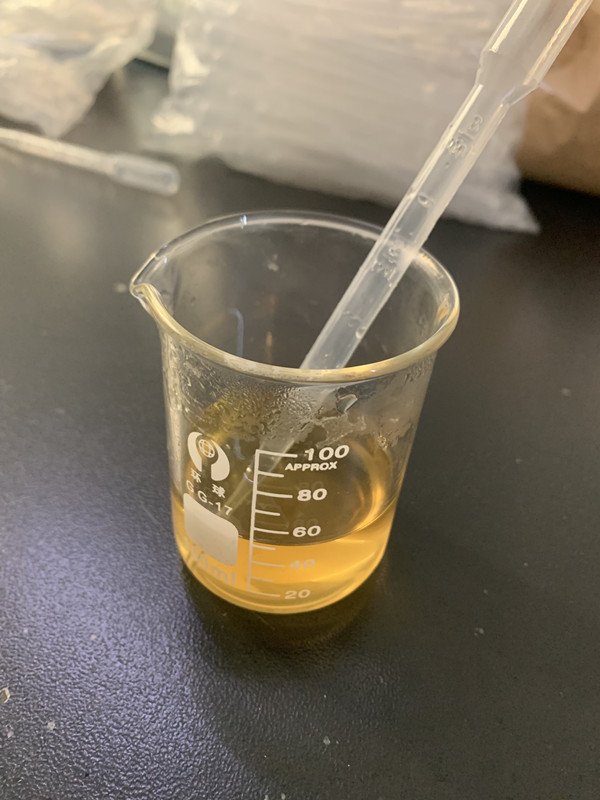
Solubility is another factor to consider when selecting yeast extracts. The solubility of a yeast extract depends on the form of the yeast extract (powder, paste, liquid, etc.). It affects the appearance, clarity and color of the final product. This is important when considering the intended use of the yeast extract and the desired appearance of the final product.
7. The Benefits
By carefully selecting the right yeast extract (or a combination of both), you can create a variety of tastes and flavors, including vegetable, meat, roasted, grilled, cooked, salted and buttered flavors …… each with a different intensity. Yeast extracts offer a variety of benefits, including improved taste, enriched freshness, and masked off flavors. One of the main benefits of yeast extracts is improved taste – so to speak – flavor and aroma. Yeast extracts help to:
- Improve and build taste
- Deliver signature flavors
- Create healthier recipes
- Deliver richness or “freshness”
- Act as an ingredient in flavor manufacturing
By combining and layering multiple yeast extracts and other ingredients, you can create a range of desired characteristics in the final product, including richness, smoothness, freshness, mouthfeel, and more. In addition, the flavor profiles of different yeast extracts can reduce the salt, fat or sugar content of a dish while retaining the desired pleasantness and flavor profile of a recipe. Yeast extracts are also an important alternative source of protein.
Conclusion
There are many factors to consider when choosing the right yeast extract for your products and recipes. It is important to consider a variety of factors, including format, ease of transport and storage, and most importantly, the taste, flavor, consistency, appearance and health profile of the final product.
Hiyeast has developed expertise in the development and production of yeast extracts. We are actively and continuously working on yeast strain selection and yeast extract processing parameters to provide you with the best possible taste and organoleptic properties. That’s why Hiyeast’s extensive expertise and knowledge can help you find the right yeast extract for your product.




